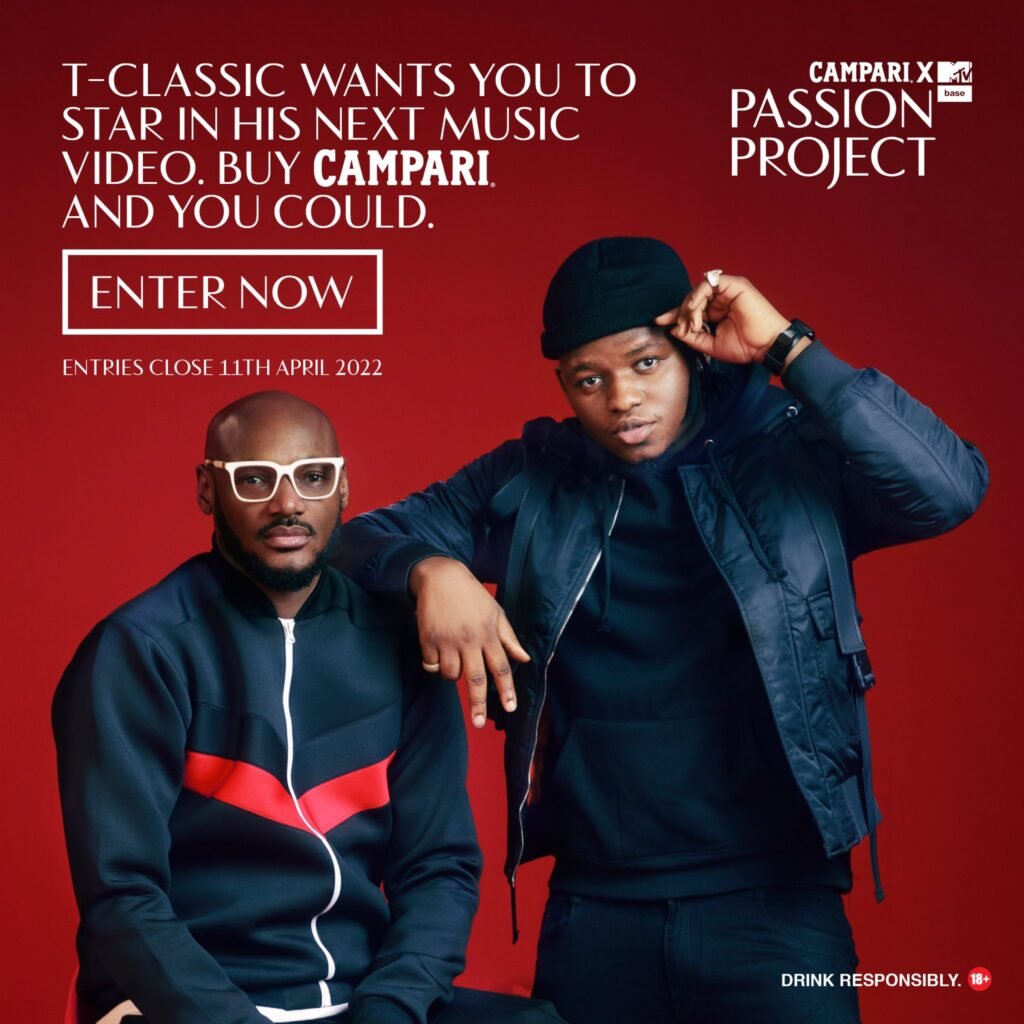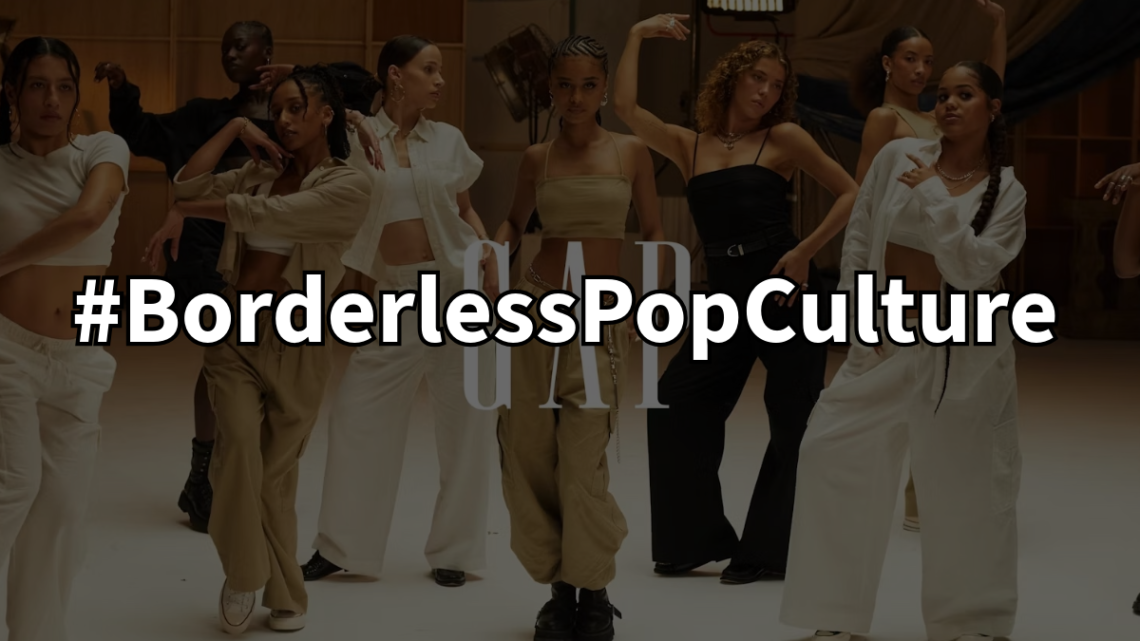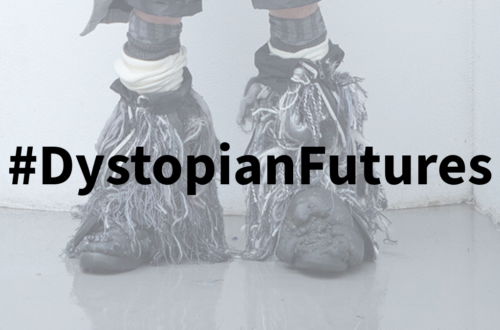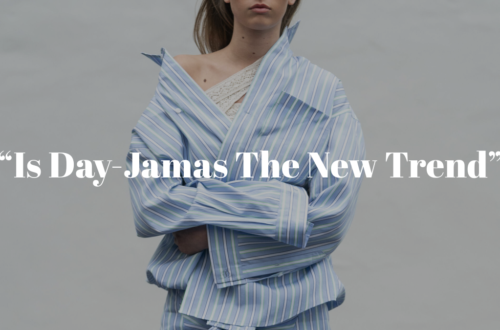Brands now have more chances to reach specialized fandom as pop culture grows more fragmented and globalized. Companies have a chance to become the next cultural leaders in a fragmented world where Borderless pop culture is becoming the norm and where algorithms control cultural consumption more so than conventional media and entertainment outlets. Brands will need to take into consideration the emergence of new specialized groups, and mood-based targeting will be a crucial tool for reaching large audiences. These three strategies will help you succeed.
1.Enable mood-based discovery
Market towards consumers based on their feelings and moods, which is a simple method of segmentation in a culturally fractured environment.
- Re-examine the consumer data to identify particular attitudes, times of day, and emotions one may use to create dynamically customised advertisements. When consumers are comfortable rather than worried, and when they are in a positive mood as opposed to a negative one, their memory increases by 50%.
- Focus on important festivals and events that will interest those attending because these times provide easier-to-plan journeys and moods.
- Use “emotioneering,” or product and brand experiences created to inspire a particular emotion, while creating advertisements, pop-ups, and retail spaces. This involves identifying emotions that are relevant to it.
For Example, With its hyper-specific and constantly-evolving playlist title, such as “happy dance energy Friday morning” or “Bollywood bop afternoon,” Spotify’s hyper-personalized Daylist playlist adapts to the listener’s mood and time of day throughout the day, providing new songs centered around important micro-genres.
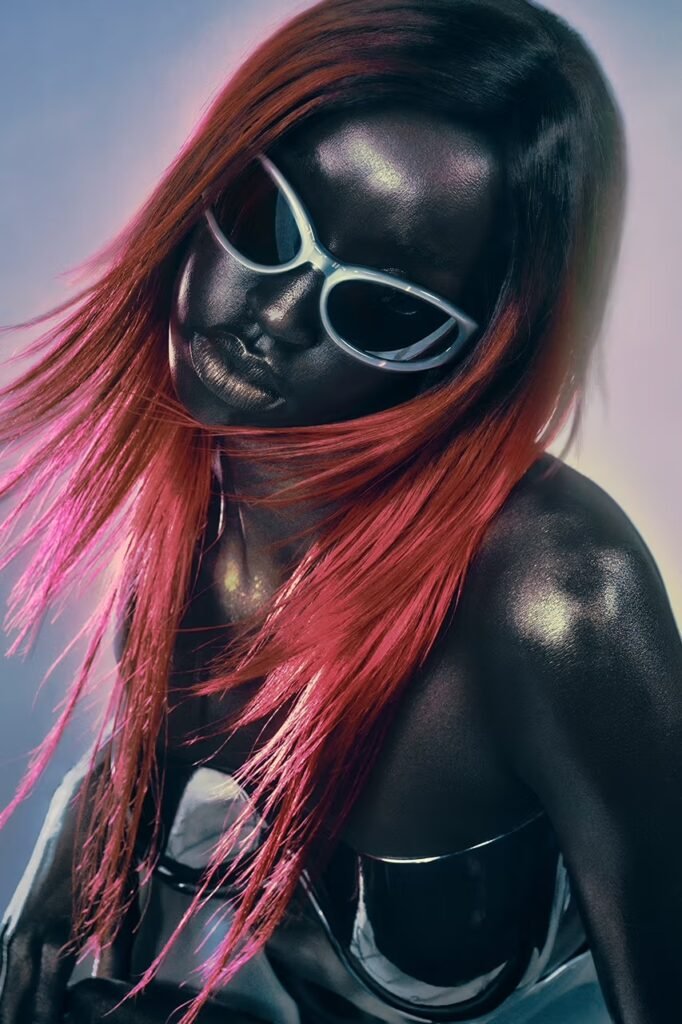
2.Align with relevant niche fandoms
Subculturals fandom and Stan culture are becoming more relevant as a result of consumers engaging with one another through specific and specialized entertainment-based interests as digital culture becomes more decentralized.
- Determine which subcultures that consumers are most likely to identify and invest in by using psychographic segmentation to examine their activities, interests, and opinions (AIO) and values and lifestyles (VALs). Serve a variety of niche interest-based groups as opposed to a broad audience.
- To convey authenticity and subcultural fluency, use meta-humor, the primary currency of the metamodern zeitgeist.
- Identify superfans and stans. As fans show their devotion to a certain artist or genre by purchasing IYKYK (if you know you know) merchandise and DIY sentiments, collaborate with entertainment brand IPs to offer exclusive goods and experiences. For instance, “ilco” (일코), which roughly translates as “normal person cosplay,” is a term used by K-Pop fans to describe subtle DIY merchandise.
For example, Every year, Comic Con India attracts over 400,000 people from five locations, making it the largest pop culture event in India. Google used its new “Circle to Search” feature on Android to create an immersive experience with Android Land where influencers and guests played interactive virtual games.
Another example is that, Knorr capitalized on the Borderless Pop Culture Hallyu trend that was sweeping India by launching a promotion with Netflix’s Squid Game TV series. Fans may play a game by scanning the QR code on its new limited-edition K-Ramen container, and the top scores will win a trip to Seoul that covers all of their expenses. Additionally, fans may participate in Instagram’s #DareToSlurp competition to win discounts from the fast commerce app Zepto, themed merchandise, and a supply of ramen.

3.Be a cultural curator
Instead of competing with the deluge of digital content, concentrate on creating the brand’s zeitgeist by curating and showcasing creatives and entertainment that resonate with your target audience and brand.
- Be a cultural leader in the field and use psychographic segmentation to create experiences that appeal to customers. Maximise the audience and cultural leadership by providing a mix of well-known artists’ endorsements and supporting up-and-coming artists in the subcultures most closely linked to your brand.
- To capitalise on the intersection of content and commerce, rethink your brand as a producer of entertainment and culture. Take inspiration from LVMH, which established 22 Montaigne Entertainment, its own entertainment business.
- Use specialised third places to bring culture curation offline and strengthen your company’s identity as a thought leader and cultural facilitator.
For Example, In February 2024, Birkenstock opened its first creative and community studio in London. Birkenstock Studio: Walk With Me, a new initiative that will feature the brand showcasing creatives who share its values through seminars, exhibitions, and meet-ups, will take place at the space.
